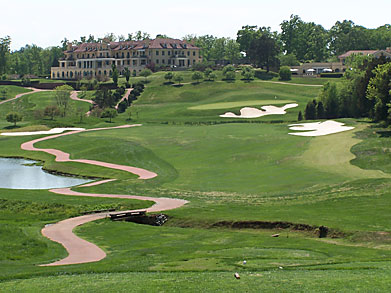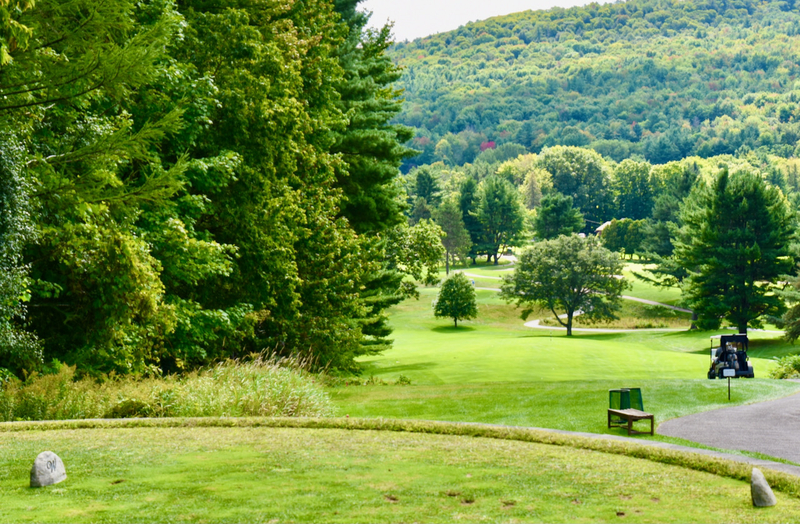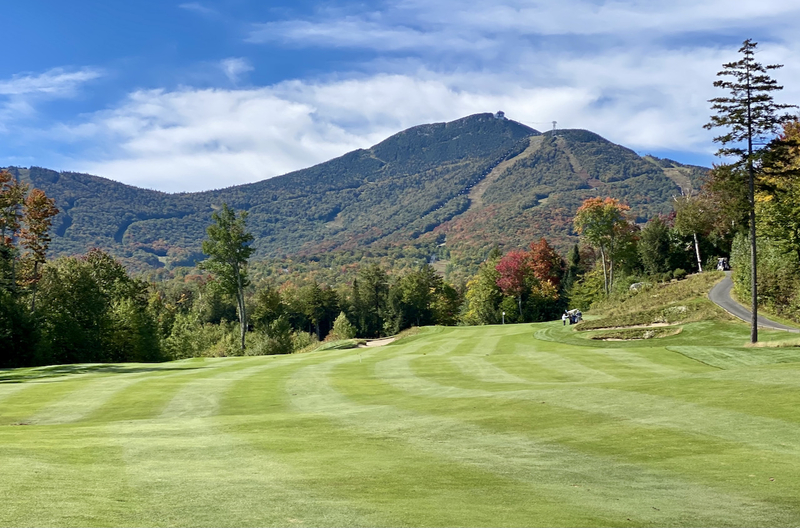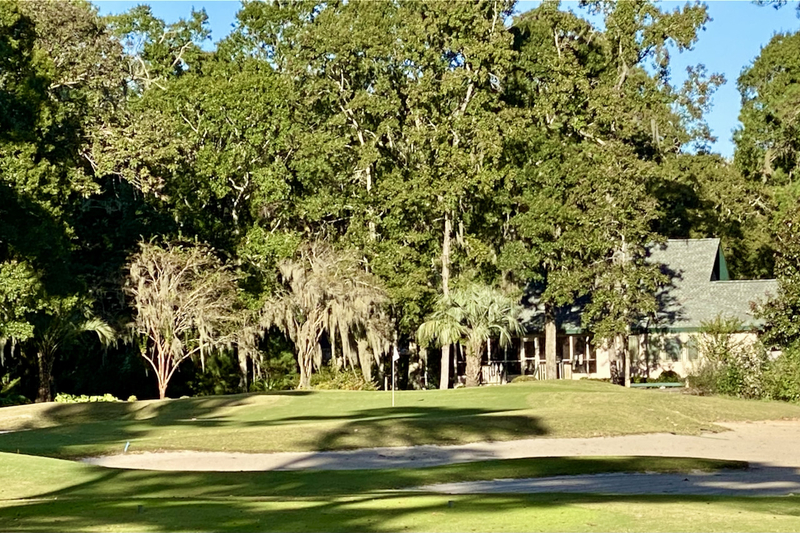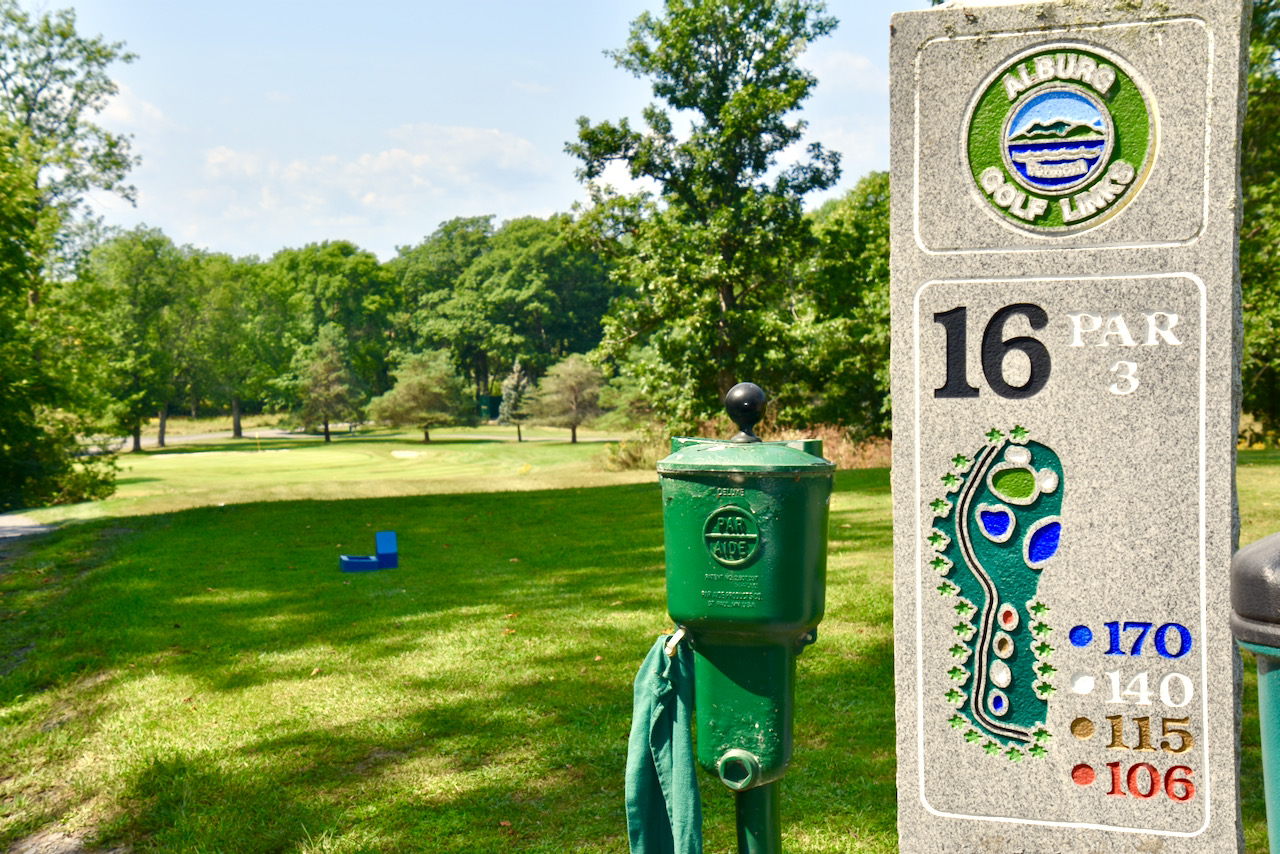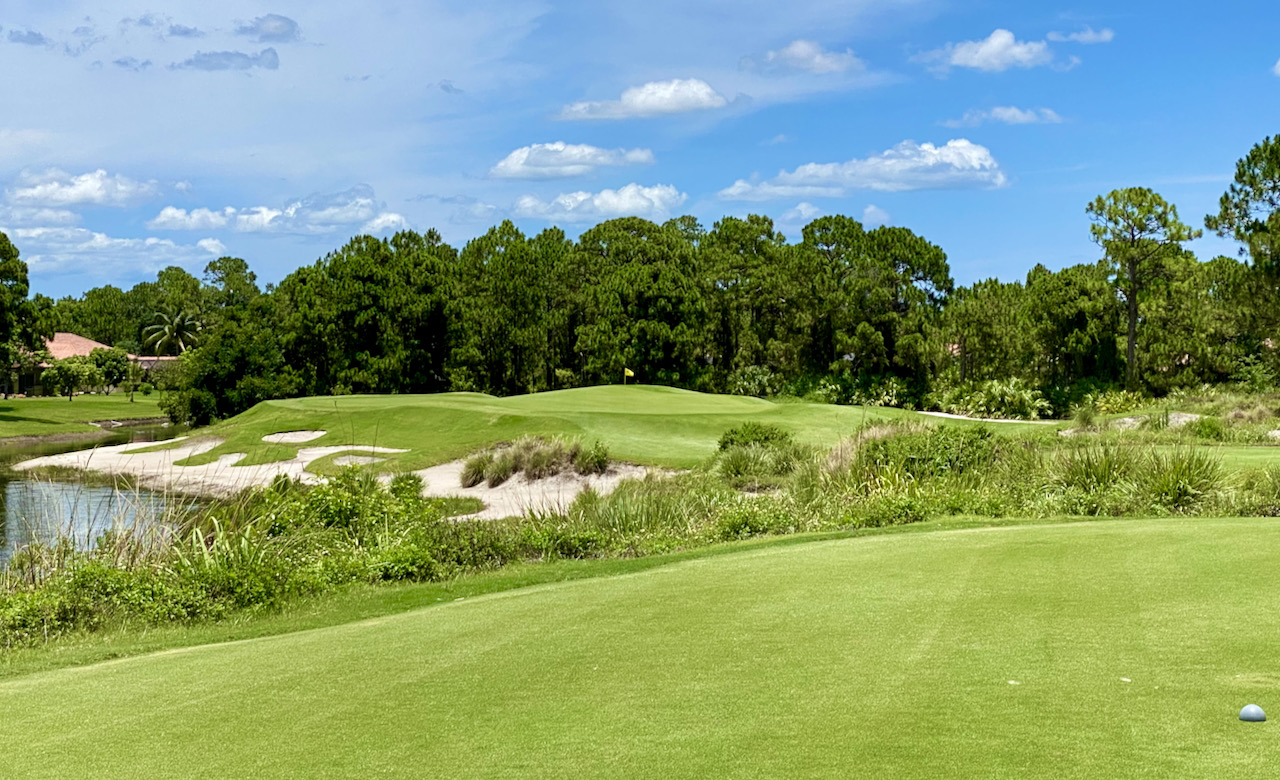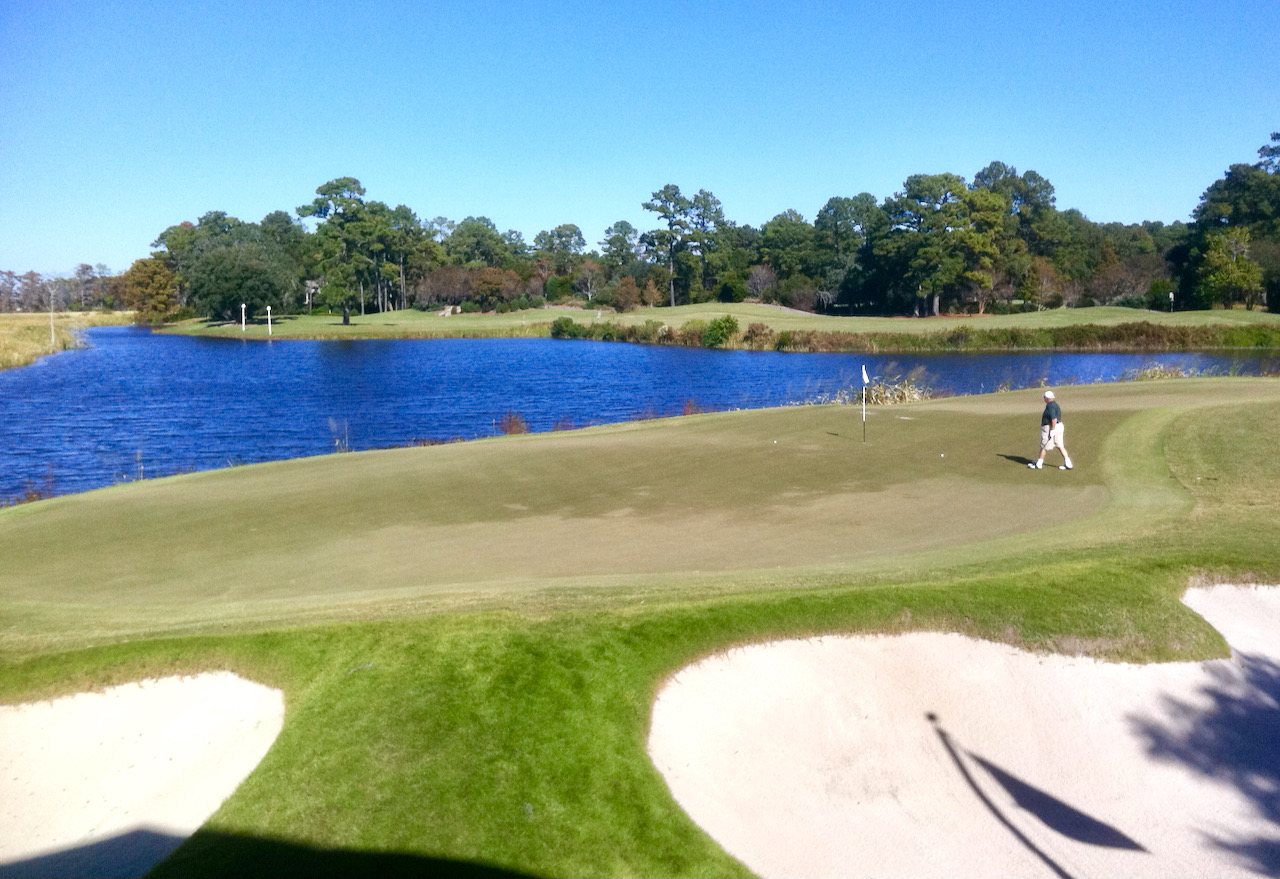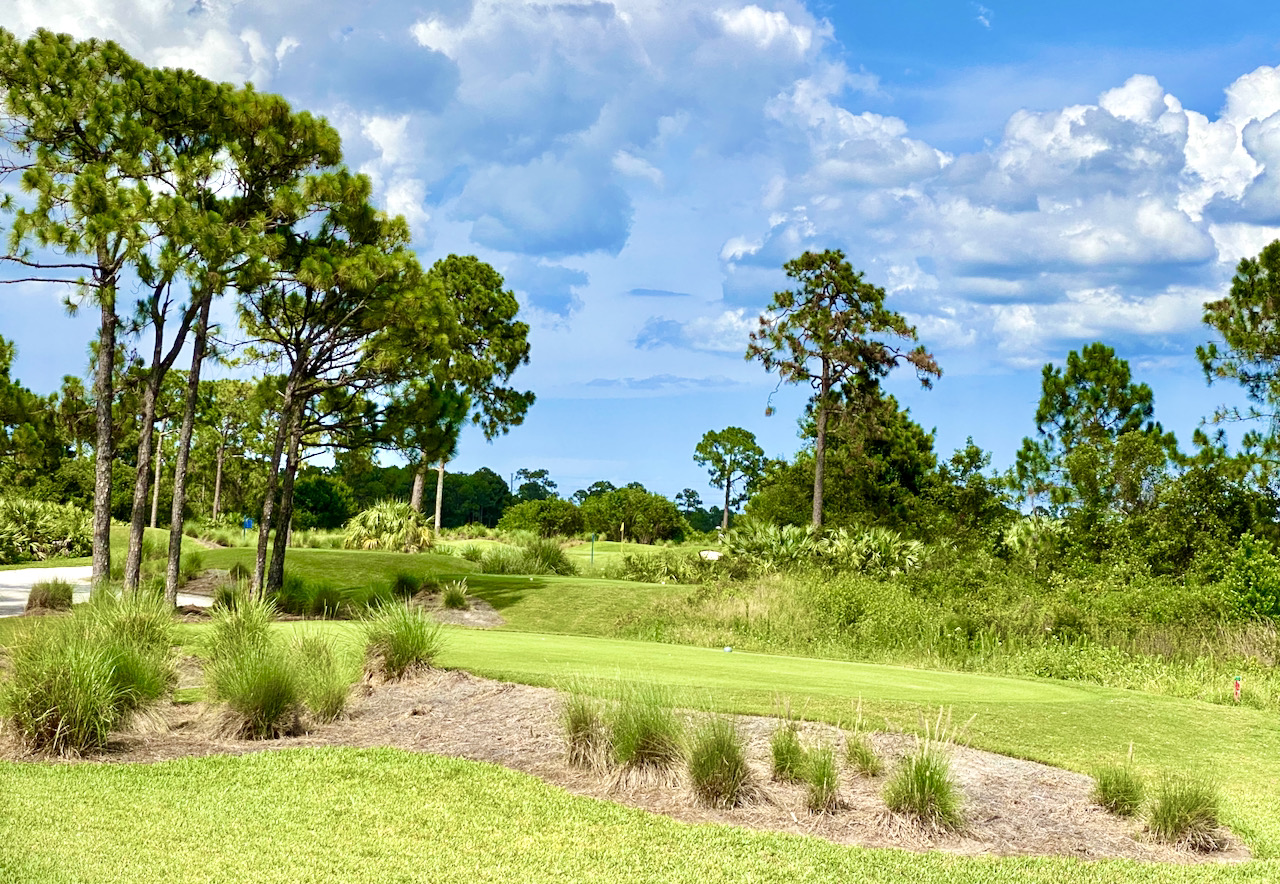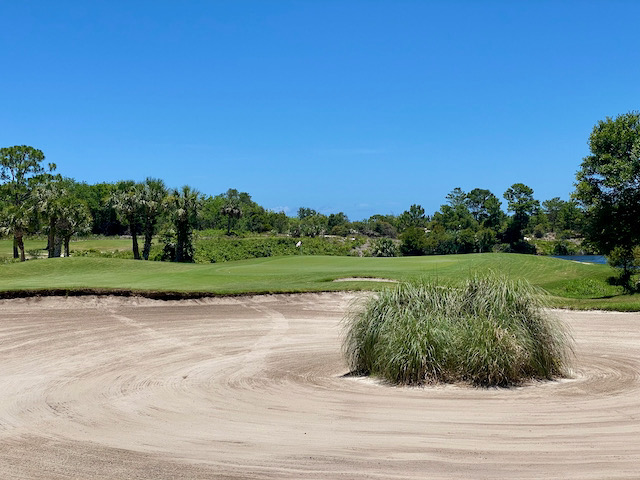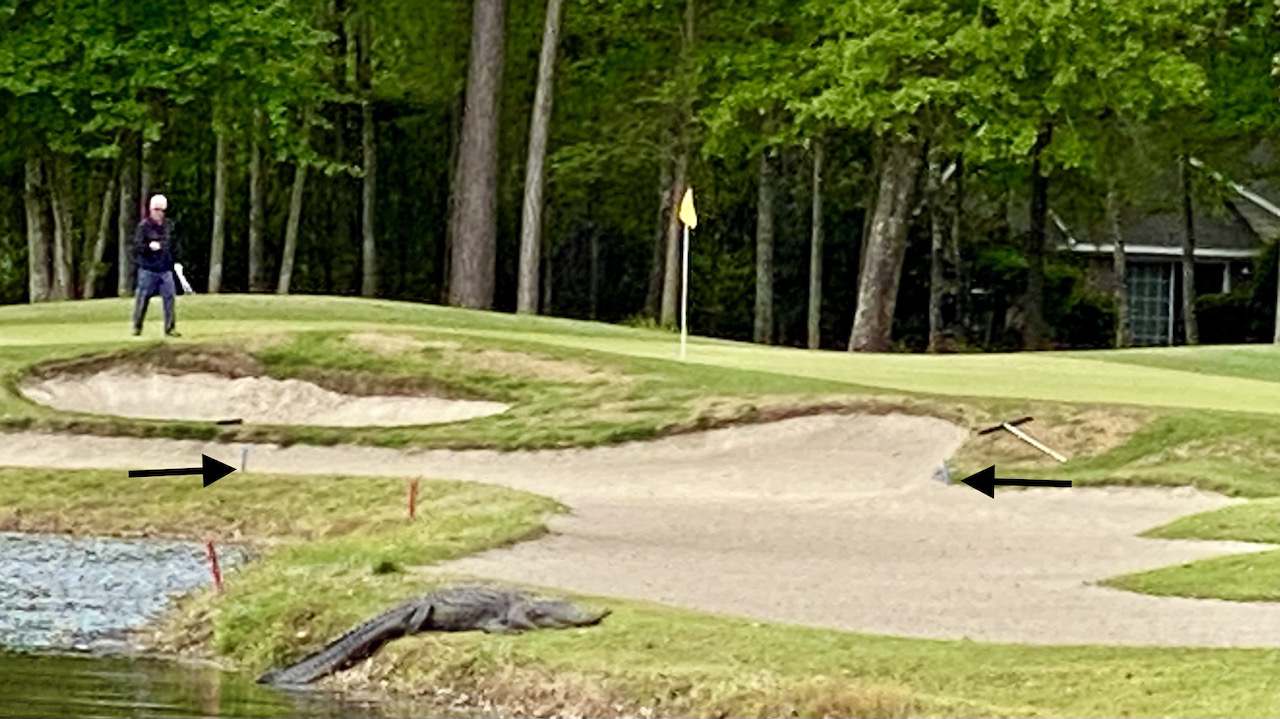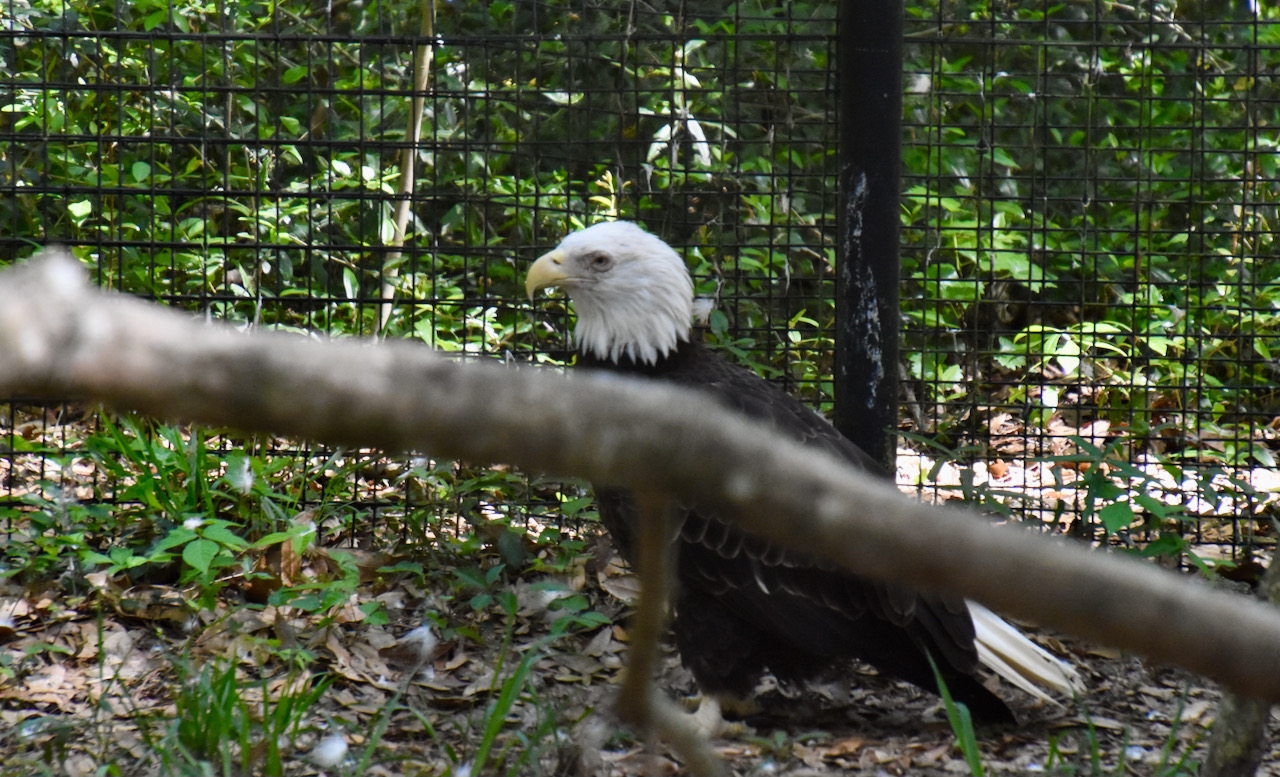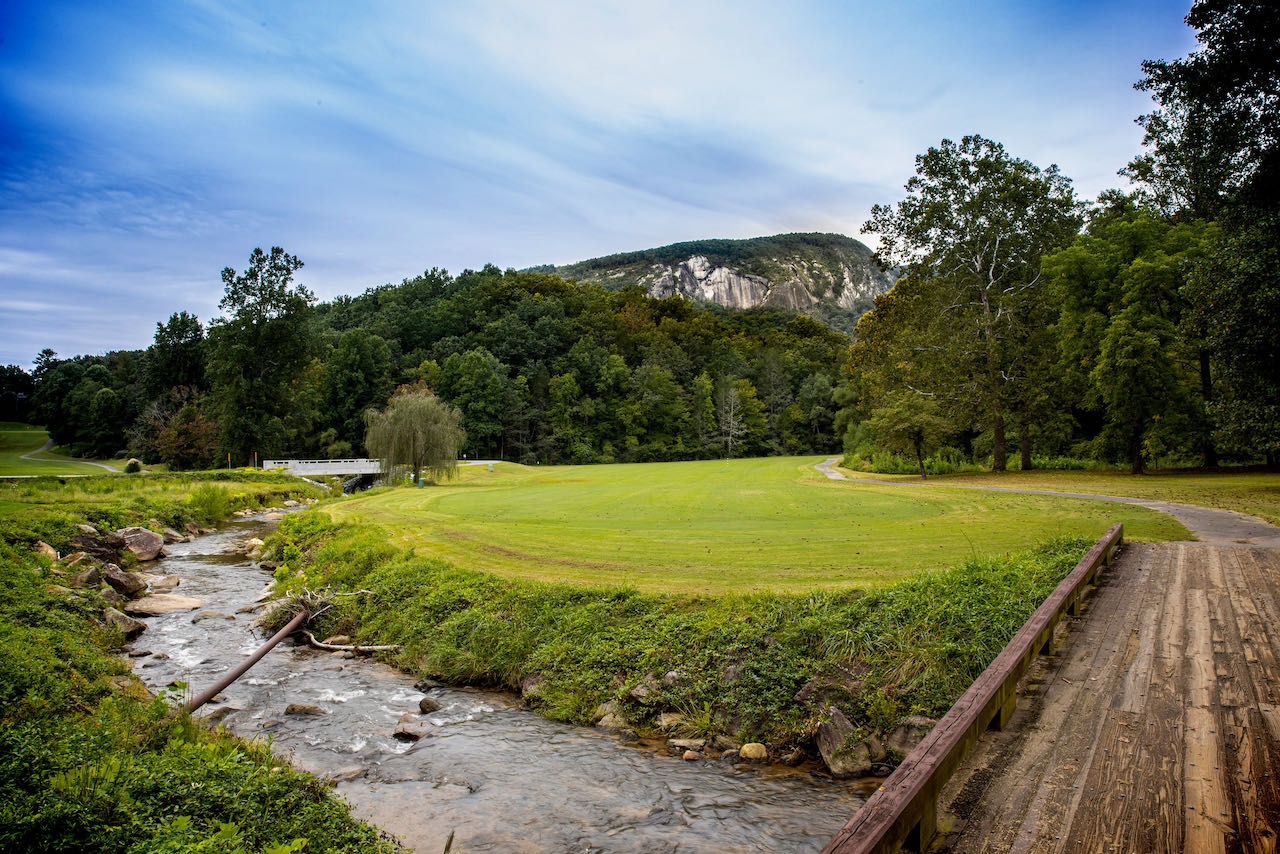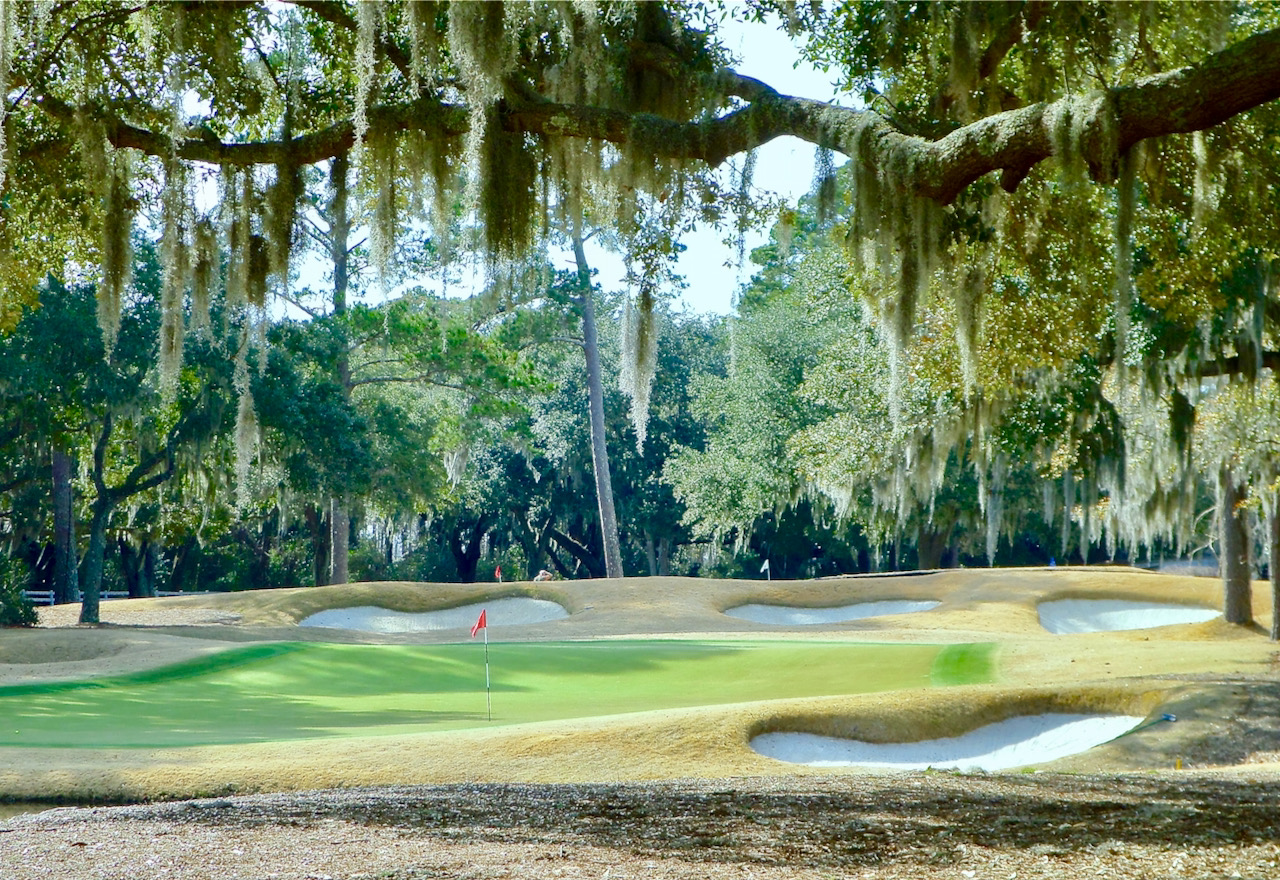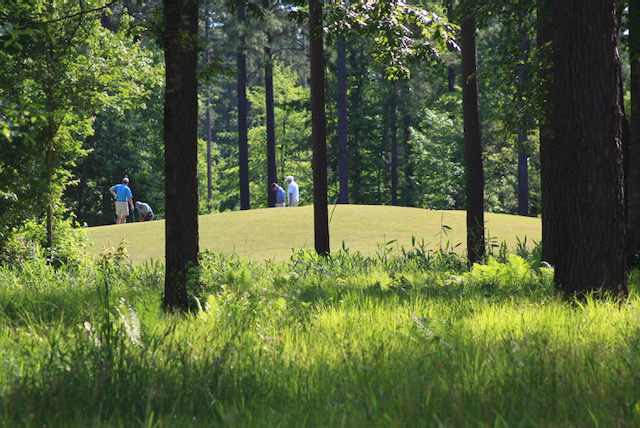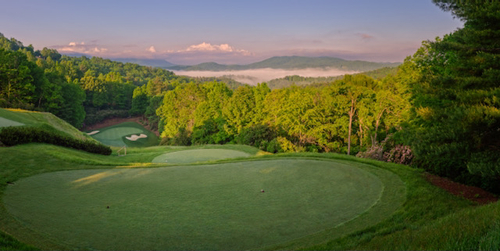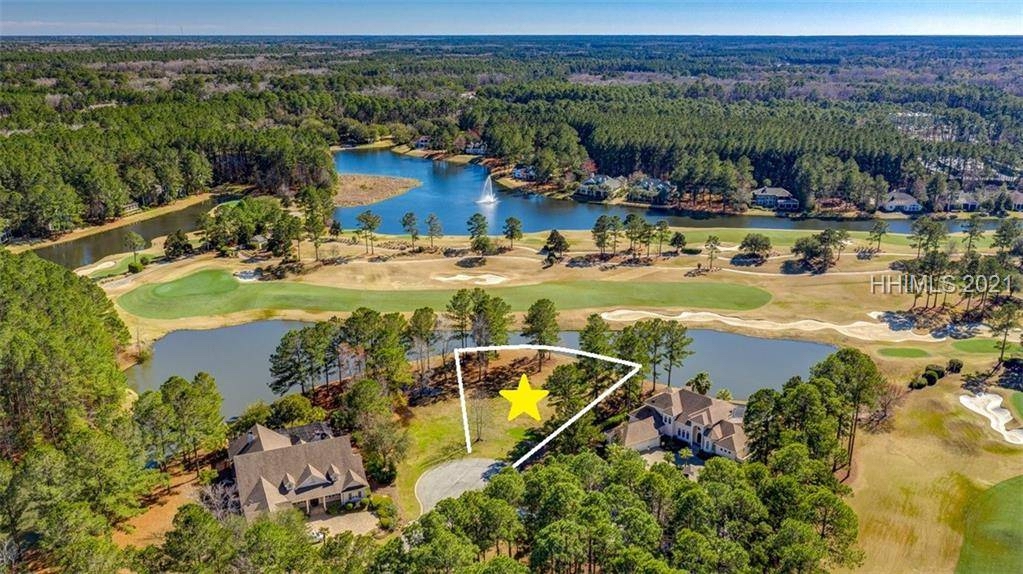The latest housing reports looked pretty good, and some economists are showing a bit more confidence in the real estate market for the coming year. But the bottom end of the market –- where foreclosures and nagging unemployment will continue to preclude any strong recovery -– and the upscale end, where buyers have adjusted their expectations (Does a 6,000 square foot second vacation home really validate success?) and such former luminaries as The Cliffs Communities and
The employment rate is 91.4%, and that is still a lot of people.
Reynolds Plantation face loan defaults and the potential departure of their developers –- will continue to languish. The middle of the market, with its six-figure houses and $100,000 and lower-priced lots, is a separate planet, comprising a mix of upwardly mobile jobholders -– remember, the employment rate is still 91.4%, and that’s a lot of people -- and baby boomers who are finally ready to sell their primary homes and move on to a warmer climate and less stressful lifestyle. When those 60-something owners begin to price their homes in line with market value -– signs point that way -- then buyers who qualify for the historically low mortgage interest rates will spur additional activity. There are more of those than the media reports.
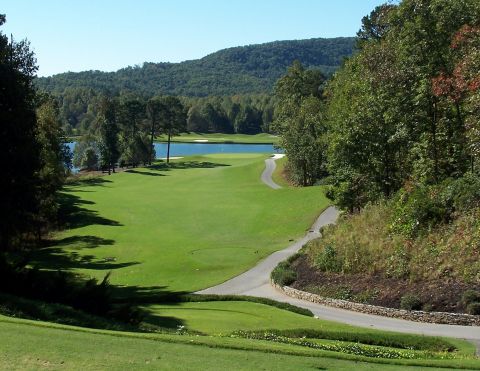
High-end communities like The Cliffs (Cliffs Valley par 3 shown) and Reynolds Plantation are suffering financial setbacks and will probably say goodbye in 2012 to their visionary developers and hello to more tightly run golf clubs and amenities. Other changes could be in the offing for these and other southern golf communities, all to the likely benefit of buyers. For more, sign up for our free monthly newsletter, Home On The Course, at the top of this page.
We have other reasons to think this just might be the year that the southern U.S. golf community market reheats. If we are right, then prices will begin to rise in the south at a faster rate than homes in the northern tier of the U.S., especially once the comparative cost-of-living ratios in the south become even more evident. (Why golf communities don’t advertise the COL differences is beyond us?) Interest from Europe, where the financial prospects for the continent’s wealthiest citizens are anything but settled, may also goose the U.S. golf community market along, especially in Florida (Europeans love Florida!).
We cite other reasons we think prices will begin to rise in the South’s most stable golf communities, and then tie it all together in the January issue of Home On The Course, our free monthly newsletter. To ensure you receive your copy to your email inbox, sign up now at the top of this column and join the 1,000 others who count on our honest –- sometimes brutally honest -– insights about the current state and future prospects of golf communities.
*
Note: I head south this week to the South Carolina coast and expect to make side trips to the areas between Wilmington and Charleston. If you have serious interest in any communities between Landfall (Wilmington) and Briar's Creek and Daniel Island (near Charleston), let me know and I can arrange an on-site inspection.




